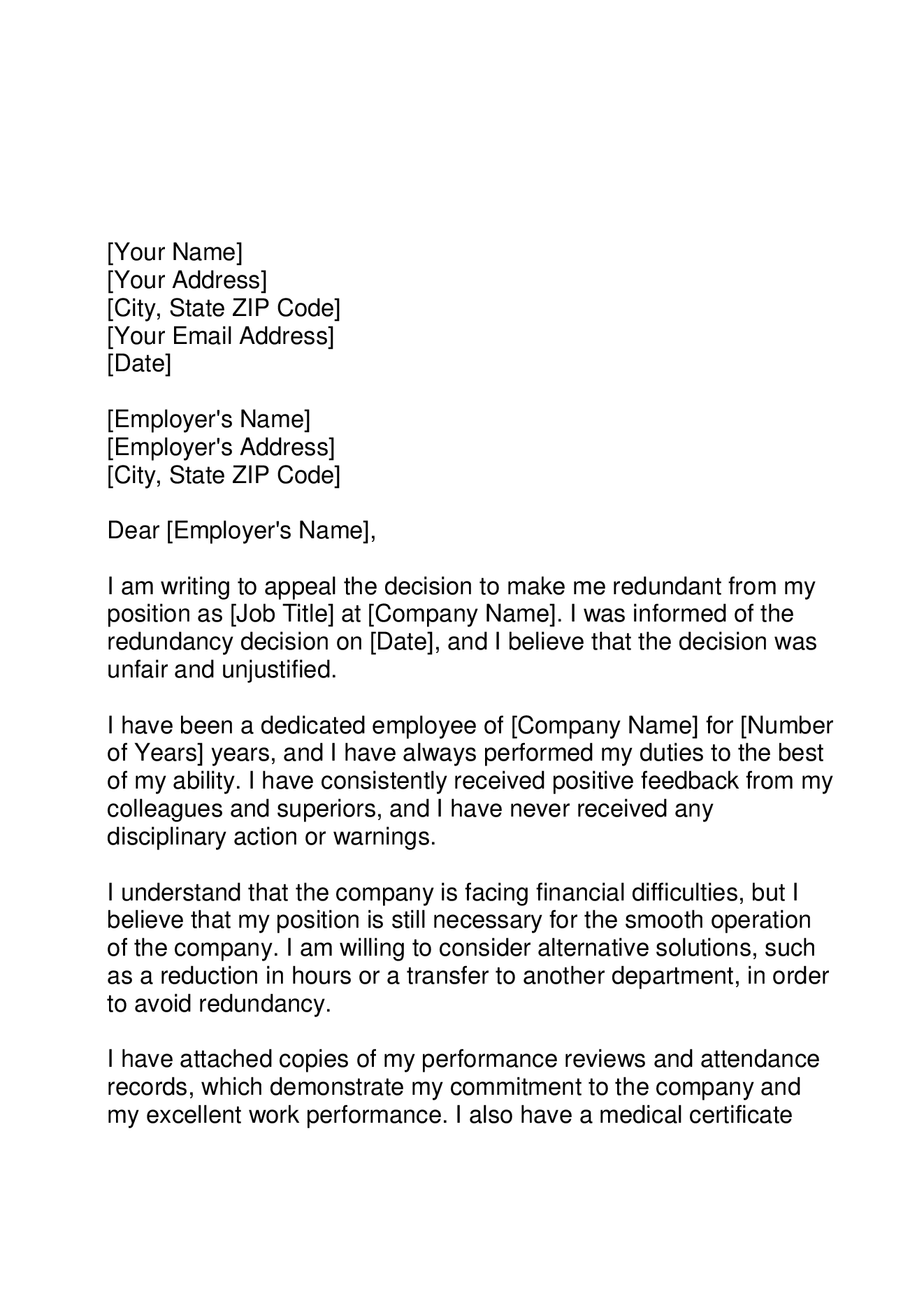Your Rights to Redundancy If Company Goes Bust: UK Employee Protections
Your Rights to Redundancy If Company Goes Bust: UK Employee Protections
Blog Article
Checking Out the Operational Characteristics of Business Redundancy and Its Long-Term Sustainability

Redundancy Strategies for Organization Continuity
In order to ensure undisturbed procedures, companies need to implement efficient redundancy approaches for company connection. Redundancy in this context refers to the replication of crucial parts or features within a system to mitigate the influence of prospective failings. By including redundancy strategies, organizations can improve their resilience against disruptions triggered by numerous aspects such as all-natural calamities, tools failings, or cyber-attacks.
One usual redundancy method is the implementation of back-up systems and information storage services. This includes creating duplicates of vital data and systems that can be turned on in instance of a key system failing. Additionally, companies can develop repetitive interaction channels and source of power to preserve connection and operations during unpredicted events.
Additionally, cross-training workers to do multiple duties within the firm can function as a valuable redundancy strategy. If essential workers are not available due to health problem or various other reasons, this makes certain that important tasks can still be carried out also. Generally, efficient redundancy approaches are vital for services to support functional continuity and reduce the impact of possible interruptions.
Impact of Redundancy on Organizational Durability
Given the essential function redundancy techniques play in making sure organization connection, exploring the influence of redundancy on business resilience comes to be imperative for recognizing the holistic functional characteristics of a company. Business resilience describes an entity's ability to adjust to interruptions, recoup from problems, and change when required while maintaining core functions. Redundancy, when purposefully executed, can significantly contribute to improving a company's resilience when faced with unforeseen challenges. By having back-up systems, employees, or processes in location, companies can much better withstand shocks and continue procedures with marginal disruption.
Furthermore, redundancy can promote innovation and creativity within a company as employees feel empowered to take computed dangers, knowing that there is a security web to sustain them in situation of failure. Overall, the influence of redundancy on business resilience is extensive, shaping the long-lasting sustainability and success of a company.
Stabilizing Effectiveness and Flexibility in Redundancy
Achieving an unified balance between functional efficiency and flexible adaptability is a crucial difficulty in the strategic implementation of redundancy within organizations. Efficient procedures are necessary for maintaining performance and cost-effectiveness, making sure that resources are made use of efficiently. Nonetheless, extreme focus on effectiveness alone can bring about rigidness, making it hard for organizations to adjust to unanticipated changes or difficulties. On the various other hand, flexibility permits companies to respond nimbly to progressing circumstances, promoting innovation and strength. Yet, way too much versatility without a strong operational structure can result in inadequacies and inconsistency.
To balance efficiency and adaptability in redundancy planning, organizations must carefully analyze their site web operational demands, market characteristics, and calculated goals. Inevitably, discovering the ideal balance between performance and versatility is essential for constructing a resilient and lasting organization in the face of uncertainty.
Long-Term Sustainability Through Redundancy Preparation
To make sure long-lasting feasibility and security, organizations should tactically straighten their redundancy planning with long-term sustainability goals, thereby balancing functional efficiency with flexible flexibility. Lasting sustainability through redundancy planning includes more than simply short-term cost-cutting procedures. It requires a thorough critical method that prepares for future challenges and chances. Firms ought to watch redundancy not as a reactive service to instant issues but as a positive approach for long-term success. By integrating redundancy planning with sustainability goals, companies can create a durable framework that can stand up to various market variations and inner changes.

Proactive Actions for Lasting Firm Procedures
How can business proactively improve their functional sustainability for lasting success? Implementing positive measures is crucial for firms aiming to make certain index sustainable procedures.
Moreover, fostering a culture of continual improvement and learning within the company can improve flexibility to altering market problems and client needs. Motivating worker participation in decision-making processes and supplying possibilities for specialist advancement can increase spirits, productivity, and overall performance. Establishing clear objectives, monitoring essential performance indicators, and routinely examining progress are essential components of proactive sustainability management.
Working together with distributors, clients, and other stakeholders to advertise lasting practices throughout the supply chain can create a ripple effect of favorable effect - redundancy pay if company goes bust. By taking positive actions towards operational sustainability, companies can construct durability, drive advancement, and secure their long-lasting success in an ever-evolving organization landscape
Final Thought

In the world of business administration, the calculated deployment of business redundancy stands as a crucial yet complex practice that necessitates a fragile balance between operational performance and long-term stability. By exploring the operational dynamics that underpin company redundancy and evaluating its more comprehensive effects for organizational durability see page and flexibility, a nuanced understanding of just how redundancy approaches can shape the future trajectory of a company starts to unfold.Given the crucial role redundancy strategies play in guaranteeing service continuity, exploring the effect of redundancy on business durability becomes important for understanding the holistic functional dynamics of a firm. On the whole, the influence of redundancy on organizational strength is extensive, shaping the long-lasting sustainability and success of a business.
In conclusion, comprehending the functional dynamics of company redundancy is crucial for guaranteeing lasting sustainability.
Report this page